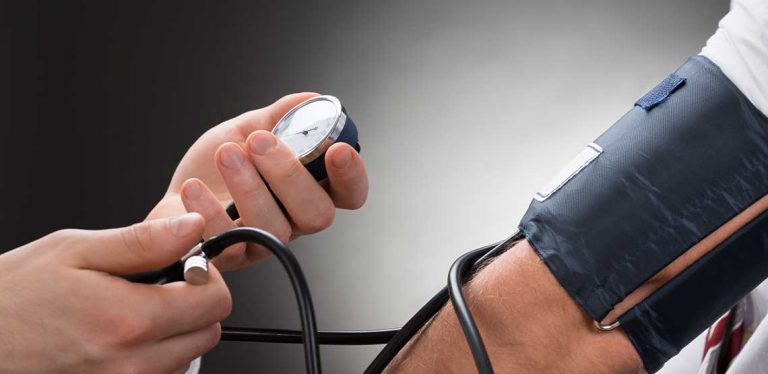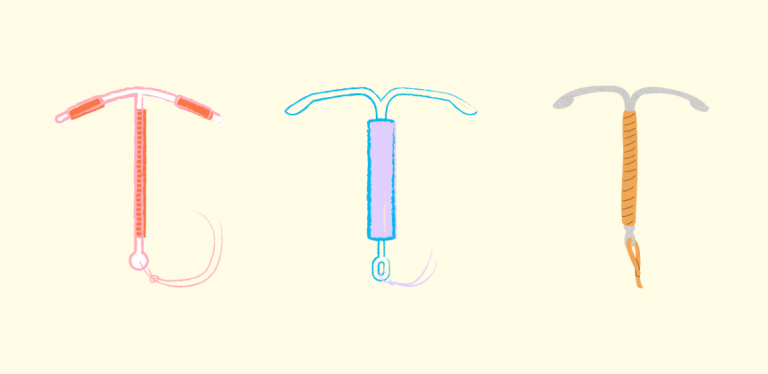When is Blood Pressure Too Low?
Temporary changes in blood pressure readings out of the ideal range are normal. It’s how your body reacts in certain circumstances, such as rest, activity, and stress. In general, blood pressure in the lower range is ideally what we are aiming for.
Although low blood pressure readings generally cause no problems, it is a cause of alarm once these readings are accompanied by symptoms, such as dizziness and fainting. In some, it can even be life-threatening if these are ignored and not addressed promptly. So, when is blood pressure too low and how can you tell?
In this article, we discuss the possible causes and symptoms of low blood pressure.
What is Blood Pressure?
Blood pressure is one of the vital signs, and this gauges how strong your blood pushes against the walls of your arteries as it courses in your body. This measurement consists of two numbers: systolic and diastolic blood pressure:
- The systolic (higher number) blood pressure measures how strong your blood pushes against the wall of your arteries while the heart is contracting.
- The diastolic (lower number) blood pressure indicates the tension your blood causes in your arteries while the heart is relaxed and filling with blood.
This reading can be taken using a medical device called a sphygmomanometer. It can be measured in a clinic or even at home.
Normal readings are between 90/60 millimeters of mercury (mmHg) and 120/80 mmHg. In general, low blood pressure (hypotension) is when sphygmomanometer readings with either of the numbers are below 90 mmHg and 60 mmHg.
What Are the Symptoms?
Persistent low readings may or may not be accompanied by any signs and symptoms. Some of the changes in your body that you should be wary of while having low readings are the following:
- Dizziness or lightheadedness
- Fainting (syncope)
- Nausea
- Dehydration and unusual thirst
- Blurred vision
- Difficulty concentrating
- Cold, moist, pale skin
- Rapid, shallow breathing
- Palpitations
- Fatigue
- Changes in mental alertness
Related Search Topics (Ads)
Possible Underlying Causes
Readings vary depending on numerous factors, such as the incorrect technique of measurement, time of the day, body position, physical activity, and food and beverage intake, such as caffeine, stress, and medications, just to name a few.
These may either increase or decrease the reading, but they are not a cause of concern if signs or symptoms do not accompany them. On the other hand, abnormally low pressure with symptoms can occur with:
Trauma or Blood Loss
Any factor that may decrease blood volume. Some examples of this include a significant loss of blood from major trauma, heavy blood loss from abnormal vaginal bleeding, or severe internal bleeding, which all may lead to this.
Dehydration
Dehydration is one of the most common causes of decreased pressure. When fluid losses from your body are in excess compared to the amount of water taken in, this may result in a significant drop in blood pressure and is usually accompanied by symptoms such as dizziness, fatigue, and weakness. Causes of dehydration may include excessive strenuous exercise, fever, vomiting, diarrhea, and the use of diuretics.
Pregnancy
This especially happens during the first 24 weeks. During this duration of pregnancy, the circulatory system has normal changes, which include lowering the blood pressure to accommodate more blood volume circulating. If the pregnancy proceeds through a normal course, the blood will return to pre-pregnancy levels after delivery.
Medication
Certain medications such as diuretics (i.e., Lasix), alpha-blockers (i.e., Prazosin), beta-blockers (i.e., Atenolol and Propranolol), drugs for Parkinson’s disease (i.e., Pramipexole), some antidepressants (i.e., Doxepin), and drugs for erectile dysfunction (i.e., Sildenafil and Tadalafil) can cause this.
Underlying Heart Problems
Heart problems that cause slowing of the heart rate (bradycardia) and anatomical problems to the heart valves may cause lowering of the blood pressure.
Allergic Reactions
Severe allergic reactions (anaphylaxis) may cause the blood vessels to dilate and eventually cause a sudden drop in pressure. It’s usually accompanied by difficulty breathing because of a swollen throat, hives on the skin, and itching. Common triggers include food, medications, and insect bites/stings. This is a potentially life-threatening condition; hence, knowledge of the triggers and the signs and symptoms of this form of an allergic reaction may potentially be life-saving.
Infection
Severe infection leading to septic shock can be a cause of low pressure levels. This condition is when a source of bacterial infection is not treated promptly, and the bacteria eventually goes into the bloodstream, leading to a sudden lowering of the blood pressure (i.e., shock). This must be addressed quickly because this form of severe infection is life-threatening.
Endocrine Issues
Endocrine problems which disrupt the natural hormonal balance can lead to hypotension through various mechanisms. Examples of imbalances in hormones that may lead to low blood pressure occur in underactive thyroids (hypothyroidism), diabetes, parathyroid abnormalities, and adrenal insufficiency (Addison’s disease).
Orthostatic Hypotension
Orthostatic hypotension, where your body tends to experience a short bout of low blood pressure after a sudden change of position, is usually from lying to standing.
Vitamin Deficiency
Nutritional deficiencies, particularly in folic acid and vitamin B12 — the shortage of these nutrients may result in anemia, causing low blood pressure.
When to See a Doctor
Having recurrent low readings but not having any symptoms is not a cause of concern. If you choose to see a doctor when you have these readings and feel fine, chances are they will advise you to observe any changes in your body while continuously monitoring your pressure. On the other hand, if you get a low reading and experience any dizziness, lightheadedness, nausea, or other symptoms, you should consult with your healthcare provider.

